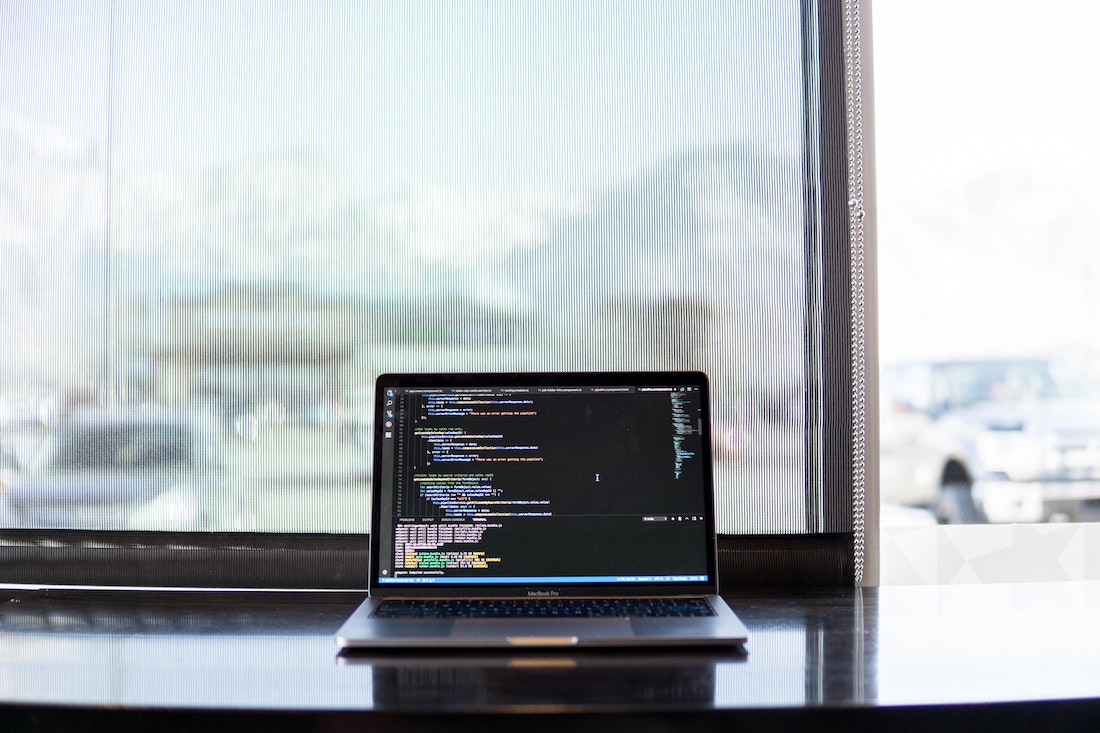How To Build a Video Player in Flutter
Flutter is a popular cross-platform development framework created by Google. It allows developers to create beautiful, natively compiled applications for mobile, web, and desktop from a single codebase. One of the great features of Flutter is its ability to easily create video players. In this tutorial, we'll show you how to create a video player in Flutter.

Installing video_player into Your Project
The first step in creating a video player in Flutter is to add the video_player package to your project. To do this, open your pubspec.yaml file and add the following line:
dependencies:
video_player: ^0.10.11
Once you've added the package to your pubspec.yaml file, run the following command in your terminal to install the package:
flutter pub getAccessing the Device's Video Library in Flutter
Once the video_player package is installed, you can access the device's video library in Flutter. To do this, you'll need to use the VideoPlayerController class. This class provides access to the device's video library. To use it, you'll need to create a new instance of the VideoPlayerController class and pass it a path to the video you want to play:
VideoPlayerController controller = VideoPlayerController.file('/path/to/video.mp4');Once you've created an instance of the VideoPlayerController class, you can use it to access the device's video library. For example, you can use the controller's seekTo() method to seek to a certain point in the video. You can also use the controller's pause() method to pause the video at any time.
Displaying a Video Player in Flutter
Once you've created an instance of the VideoPlayerController class and accessed the device's video library, you can display a video player in Flutter. To do this, you'll need to use the VideoPlayer widget. This widget takes the VideoPlayerController as an argument and displays the video player in your Flutter app. For example:
VideoPlayer(
controller: controller,
)
The VideoPlayer widget also takes a number of other optional arguments. For example, you can use the fit argument to specify how the video should be scaled. You can also use the isLive argument to specify if the video should be played in live mode.
Customizing The Video Player's Appearance
Once you've created a VideoPlayer widget, you can customize its appearance. For example, you can use the backgroundColor argument to specify the background color of the video player. You can also use the aspectRatio argument to specify the aspect ratio of the video player.
You can also use the controller's play() method to start the video and the controller's dispose() method to dispose of the video player when you're finished.
Conclusion
In this tutorial, we've shown you how to create a video player in Flutter. We've covered how to install the video_player package, how to access the device's video library, how to display a video player, and how to customize the video player's appearance. We hope you found this tutorial useful and that you can now create video players in Flutter with ease.